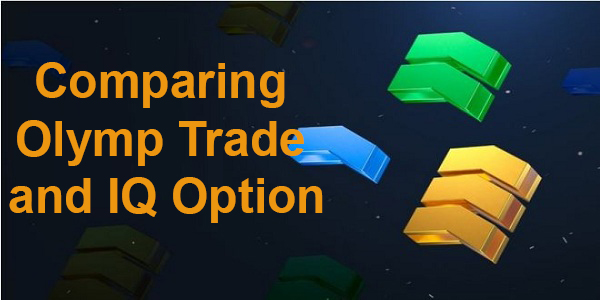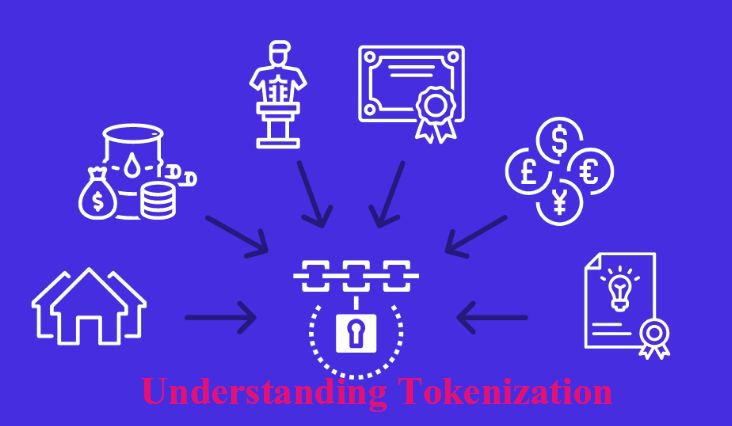Addressing Scalability in Blockchain | How do you Addressing Scalability in Blockchain? In this article we will discus the concept of scalability in blockchain, examine the factors contributing to scalability challenges, explore various scalability solutions, and discuss their implications for the future of blockchain technology. Read through
Scalability in Blockchain
Scalability remains a significant challenge for blockchain technology, limiting its widespread adoption and hindering its potential to support large-scale applications.
Understanding Scalability in Blockchain
Scalability refers to the ability of a blockchain network to handle a growing number of transactions without sacrificing performance, security, or decentralization.
As blockchain networks become increasingly popular and applications built on them gain traction, the demand for higher throughput and faster transaction processing grows.
However, many blockchain platforms face limitations in terms of transaction throughput, latency, and resource requirements, preventing them from scaling effectively to meet the demands of real-world use cases.
Factors Contributing to Scalability Challenges
Several factors contribute to scalability challenges in blockchain:
Consensus Mechanisms:
The consensus mechanism used by a blockchain network plays a crucial role in determining its scalability. Proof of Work (PoW) consensus, used by Bitcoin and Ethereum, requires significant computational resources and limits transaction throughput.
Other consensus mechanisms, such as Proof of Stake (PoS) and Delegated Proof of Stake (DPoS), offer higher throughput but may sacrifice decentralization or security.
Block Size and Block Interval:
The size of blocks and the time interval between block creation also impact scalability. Larger blocks can accommodate more transactions per block, increasing throughput, but may lead to longer confirmation times and higher resource requirements.
Shorter block intervals can improve transaction latency but may introduce network congestion and synchronization issues.
Network Congestion:
As blockchain networks become more congested, transaction fees can increase, and confirmation times may become unpredictable.
Network congestion limits scalability by reducing the efficiency of transaction processing and increasing the cost of using the blockchain.
Storage and Bandwidth Requirements:
Storing and synchronizing the entire blockchain ledger and processing all transactions can impose significant storage and bandwidth requirements on network participants, limiting scalability, particularly for nodes with limited resources.
Scalability Solutions
Several scalability solutions have been proposed to address the scalability challenges faced by blockchain networks. These solutions can be categorized into two broad categories: on-chain solutions and off-chain solutions.
On-Chain Solutions:
Sharding:
Sharding involves partitioning the blockchain into smaller, more manageable subsets called shards, each capable of processing transactions independently. Sharding increases transaction throughput by allowing multiple shards to process transactions in parallel, thereby improving scalability.
Layer 2 Solutions:
Layer 2 solutions, such as the Lightning Network for Bitcoin and the Raiden Network for Ethereum, enable off-chain transaction processing while leveraging the security of the underlying blockchain. By moving transactions off-chain and settling them periodically on the main blockchain, Layer 2 solutions reduce congestion and improve scalability without compromising security.
Optimized Consensus Mechanisms:
Optimized consensus mechanisms, such as variations of PoS and DPoS, aim to improve scalability by reducing the computational and energy requirements of consensus while maintaining security and decentralization.
Off-Chain Solutions:
State Channels:
State channels allow participants to conduct off-chain transactions directly with each other, with only the final state of the transactions recorded on the blockchain. State channels enable fast and low-cost transactions without overloading the main blockchain, thereby improving scalability.
Sidechains:
Sidechains are separate blockchain networks connected to the main blockchain, allowing for the execution of transactions and smart contracts in parallel. Sidechains can offload transaction processing from the main blockchain, improving scalability while maintaining interoperability with the main chain.
Implications of Scalability Solutions
The adoption of scalability solutions has significant implications for the future of blockchain technology:
Improved Adoption:
Scalability solutions enable blockchain networks to support a broader range of applications and use cases, attracting more users and driving mainstream adoption of blockchain technology.
Enhanced Performance:
By increasing transaction throughput and reducing latency, scalability solutions improve the performance and user experience of blockchain applications, making them more competitive with traditional centralized systems.
Interoperability and Compatibility:
Scalability solutions must ensure interoperability and compatibility with existing blockchain networks and applications to foster collaboration and seamless integration across platforms.
Security and Decentralization:
While scalability solutions aim to improve performance, they must not compromise the security and decentralization of blockchain networks.
Maintaining a balance between scalability, security, and decentralization is essential for the long-term sustainability of blockchain technology.
Conclusion
Scalability is a critical challenge facing blockchain technology, limiting its ability to support large-scale applications and achieve mainstream adoption.
However, with the development and implementation of scalability solutions, such as sharding, layer 2 solutions, state channels, and sidechains, blockchain networks can overcome scalability challenges and realize their full potential.
The adoption of these scalability solutions has significant implications for the future of blockchain technology, including improved adoption, enhanced performance, interoperability, and security.
As blockchain continues to evolve and mature, addressing scalability challenges will be essential for unlocking its transformative power and driving innovation across industries
Privacy and Confidentiality: Safeguarding Personal and Sensitive Information



